How To Choose Feeding Bottle?
Generally, for newborns, it's common to prepare 4 large and 2 small bottles. If breastfeeding is the primary method, you may start with 2 large and 1 small bottle. Before the baby reaches 6 months old, consider using high borosilicate glass bottles at home. For outings or when the baby begins practicing holding the bottle independently, you can opt for PPSU bottles.
- Material Safety
- Specification Selection
- Pacifier Selection
- Safe and Non-toxic
- FAQ
- Recommended products
Which materialis safer?
Glass Material
Although glass material is relatively safer compared to plastic and silicone, as it is less likely to produce chemical substances, it can harbor bacteria easily once scratched. Glass bottles are heavier, making them inconvenient for travel, and they are more prone to breakage when babies start learning to hold and drink from bottles around 6 months old. Glass material is further divided into soda-lime glass and high borosilicate glass, with a recommendation to choose high borosilicate glass.
Plastic Material
Plastic baby bottles are lightweight and easy to carry, making them suitable for outings or training babies to hold and drink on their own. For cleaning, you can use a sponge or a silicone bottle brush, which won't damage the bottle body and helps prevent scratches.
Silicone Material
Silicone is colourless, tasteless, and non-toxic. It does not contain BPA, is heat-resistant, and the bottle is quite soft and not easily breakable. However, it is relatively expensive and not as common. Silicone bottles are not interchangeable with nipples from different brands.
Stainless Steel Material
Stainless steel is heat-resistant, durable, and resistant to breakage. It is safe and non-toxic, but it is not transparent, making it challenging to assess the correct water quantity and formula dissolution.
Generally, for newborns, it's common to prepare 4 large and 2 small bottles. If breastfeeding is the primary method, you may start with 2 large and 1 small bottle. Before the baby reaches 6 months old, consider using high borosilicate glass bottles at home. For outings or when the baby begins practicing holding the bottle independently, you can opt for PPSU bottles.

How to choose a feeding bottle?


Standard Neck Bottle:
It's less convenient for filling formula, especially when the baby is crying. Parents may feel more anxious, making it easy to spill formula outside the bottle. It's also less easy to clean, and formula residues can lead to the growth of bacteria.Wide Neck Bottle:
The materials commonly used for pacifiers on the market are silicone and latex. Latex is soft and elastic, but it tends to deteriorate when exposed to high temperatures. Silicone, on the other hand, is harder, has high heat resistance, and is less prone to aging. It is recommended to use silicone nipples that are heat-resistant and have no special odor.How to Choose
Pacifier?

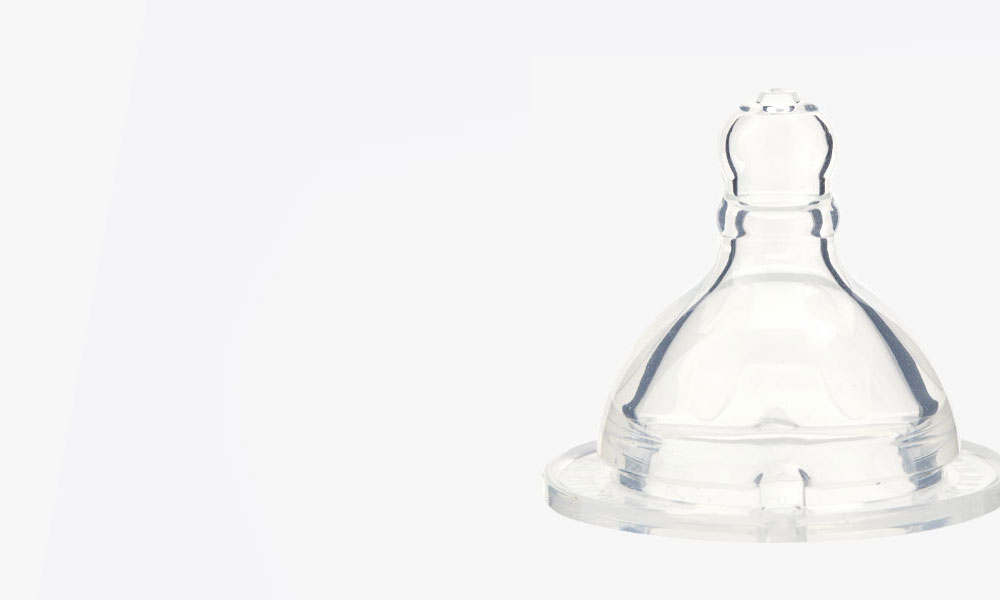

Nipple of Flexibility Coefficient
Simulates a real nipple, reducing confusion for babies. Made of 100% food-grade platinum silicone, with high resilience that does not flatten due to sucking.
Anti-Colic for Better Suction
Our nipples are designed to reduce air intake and potential causes of gas associated with colic to help baby while bottle feeding.
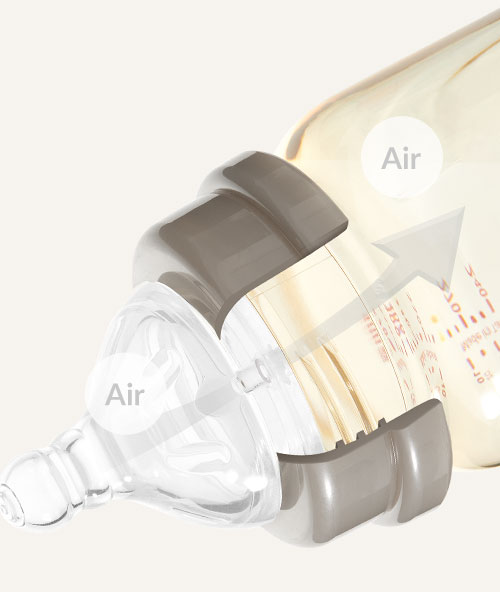

Cross Cut Type
Enable baby to engage in the same natural sucking actions
Non-toxic
BPA Free
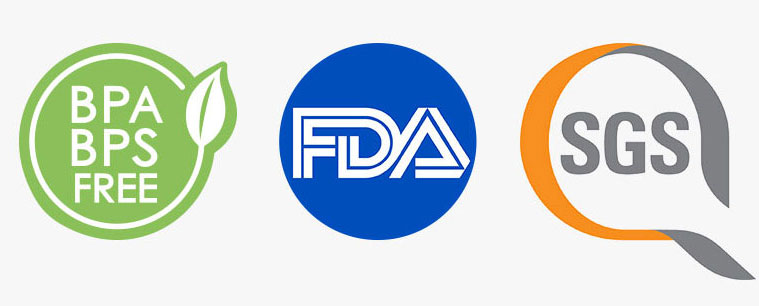


FAQ
FAQ
-
How long should I use the PPSU bottle before replacing it?
The PPSU bottle body has been experimentally verified to withstand high-pressure steam sterilization for over 1000 cycles. However, the lifespan of PPSU material varies depending on cleaning, usage, and storage methods. It is recommended to clean the bottle promptly after use and, during cleaning, use Mamaway Bottle & Veggie Wash with a silicone rotary bottle brush or a nano-sponge rotary bottle brush. This minimizes the risk of scratching the inner layer of the bottle and extends its usability. However, when the bottle shows significant scratches, unusual odors, or damage, it should be replaced immediately. If none of these issues are present, for hygiene purposes, it is advised to replace the bottle typically between 8 to 12 months.
-
Can PPSU bottles be heated?
PSU material series bottles: (-20℃~+180℃) can be heated within the temperature range. However, if you need to heat the PPSU bottle in water, please maintain the water temperature not too high. Because breast milk contains valuable components, if heated above 60℃, it may damage the nutrients. Wait until the breast milk is completely thawed, warm it to near body temperature, not cold, and at a suitable feeding temperature.
-
Why is there a color difference in the PPSU material bottle?
We use PPSU raw materials from major manufacturers such as SABIC in the United States and BASF in Germany. The slight color difference is due to the different characteristics of the raw materials - SABIC from the United States tends to have a brownish hue, while BASF from Germany is more transparent. Both are normal variations. Additionally, repeated use, friction, and cleaning or sterilization may cause the bottle body to lose some of its original luster over time.
-
Can accessories from other brands be used with this bottle?
Although the bottles and accessories on the market generally have similar mouth sizes, the products from different brands may not be perfectly compatible due to variations in threads, seams, etc. This mismatch could lead to issues such as leaking or loosening. Therefore, we recommend using accessories (such as pacifiers and other parts) from the same brand as the bottle to avoid any compatibility problems and ensure optimal performance.
-
What are small black dots on the PPSU bottle?
The black dots on the PPSU bottle are not caused by other materials; they are inherent to the PPSU (Polyphenylsulfone) raw material. These dots are known as "crystal points" and are a characteristic of the PPSU material. They randomly appear during the high-temperature blowing process at around 350℃. Occasionally, due to the flow characteristics of the material during the manufacturing process, these crystal points may appear slower or uneven, leading to the presence of small black dots inside the bottle's layers. This phenomenon is normal and does not affect the functionality or safety of the bottle. You can continue to use the bottle with confidence.
-
Why are there patterns on the bottom of the PPSU bottle?
The patterns on the bottom of the PPSU bottle are a result of the injection molding process during production. Plastic injection requires injection points, and the flow characteristics of the material during the injection process can lead to the formation of patterns. These patterns are a normal part of the manufacturing process and are not cracks. You can use the bottle with confidence.
-
Why does the bottle still feel oily after washing?
As both formula milk and mother's milk contain grease, if you only use water to brush and wash the bottle, it will attract milk residue and even produce odour over a long period of time. If there is no odour yet, it is recommended to use Mamaway Bottle & Veggie Wash to clean the bottle. First, squeeze the bottle with 1~2 drops, add water and shake the bottle to create a foamy cleansing solution and leave it for 30 seconds, then brush the pacifier and bottle accessories and leave it for a few minutes, and then rinse the bottle together and dry it to remove the milk residue easily.
-
How long should I replace the pacifier of the feeding bottle?
The pacifier is a consumable item, and its lifespan varies depending on factors such as frequency of use, cleaning, sterilization, and drying methods. If the transparent part shows signs of cloudiness, unusual odor, bite marks, or damage, it should be replaced immediately. If none of these issues occur, for hygiene considerations, it is recommended to replace the pacifier every 3 months.
-
Why does the pacifier appear flattened?
If the pacifier becomes flattened, it may be due to poor air circulation. To provide a better sucking sensation for babies, we carefully select silicon material for its high stability. Silicon itself has a tendency to stick, and for hygiene considerations, the pacifiers are cut and packaged without further handling. Additionally, as baby products are free from chemical colorants, the cut marks may not always be visible to the naked eye. Please use your thumbs to open the two air vents on both sides of the lower edge of the pacifier to eliminate any issues. Do not cut or alter the structure, as it may lead to leaking.
-
Why does the pacifier turn yellow?
The pacifiers of the bottle are carefully selected and made of silicone. However, silicone material itself has the characteristic of yellowing after exposure to light. Furthermore, no chemical anti-yellowing agents are added to the pacifier, so it is natural for used pacifiers to exhibit some yellowing over time. This is considered a normal occurrence and does not affect functionality.
Additionally, if formula milk, added solid foods, or cleaning agents contain ingredients from fruits and vegetables, or if juices are consumed, not cleaning promptly or thoroughly may contribute to the discoloration of the pacifier.
As pacifiers are consumable items and can experience varying levels of wear depending on cleaning, sterilization, and drying methods, it is recommended to replace them after 3 months of use. However, if the pacifier shows signs of whitening, unusual odor, bite marks, or damage earlier than expected, it is advisable to replace it promptly.
-
Why can't the pacifier self-drip?
All our bottle products come with a breastfeeding-like anti-colic teat (cross-cut). The cross-cut teat is designed to mimic a mother's nipple, and milk will only flow out based on the baby's sucking habits. Therefore, even when using Mamaway bottles, it simulates the natural breastfeeding process, simultaneously training the baby's sucking ability. It is suitable for all babies.
To provide a superior sucking sensation for the baby, the teat is carefully selected and made from ultra-soft silicone. While silicone offers high stability, it inherently has a sticky nature. Additionally, for hygiene purposes, the teat is cut during production and then immediately packaged without further handling. Since it is a baby product without added chemical colorants, the teat appears in its original transparent silicone form, and sometimes cut marks may not be easily visible to the naked eye. Therefore, we kindly ask mothers to use their thumbs to pull apart the two sides of the suction holes directly. Please avoid cutting or trimming, as it could damage the structure and lead to milk or water leaking!
-
Why do the teat suction holes break?
1.Excessive Cleaning:The breakage of teat suction holes is closely related to cleaning. The teat holes are very fragile and can easily be damaged during the cleaning process. Therefore, during cleaning, use one hand to gently press the fingertip against the front of the teat and clean it with a dedicated teat brush using a gentle circular motion. This helps prevent hole breakage and avoids the risk of the baby choking on milk due to damage.
2.Biting the Teat:During the teething period, babies may experience discomfort or itching in their gums. They may also exhibit a desire to bite and chew as a way to soothe themselves during this oral stage. Some babies may bite the teat, especially when they are teething, to alleviate discomfort. Biting the teat can leave irregular marks and lead to breakage. It is essential to regularly inspect the teat for bite marks or cracks. If there are visible bite marks or cracks, replace the teat immediately. When feeding, always supervise the baby and avoid letting teething babies bite on the teat.
-
Are round hole pacifiers in the market claiming to mimic the nipple better?
The round hole pacifier flows out the milk without the baby's suction, which is way more different from natural breastfeeding to cause nipple confusion.
.png)







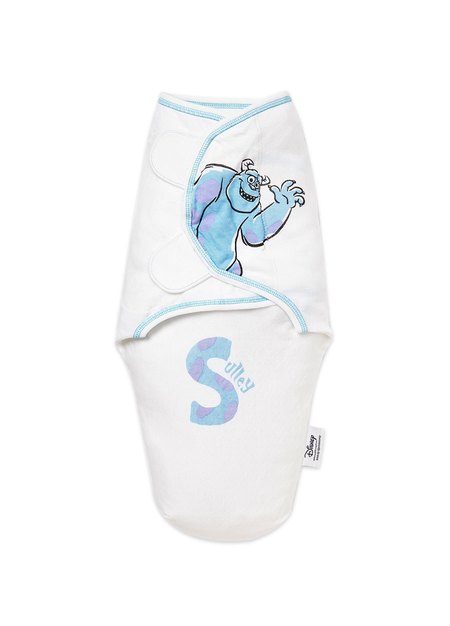







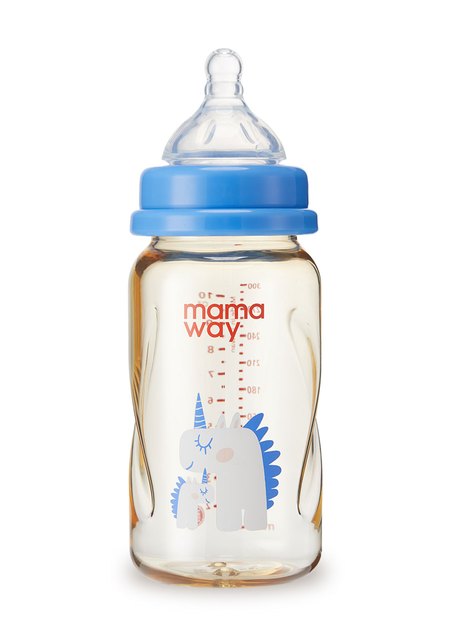

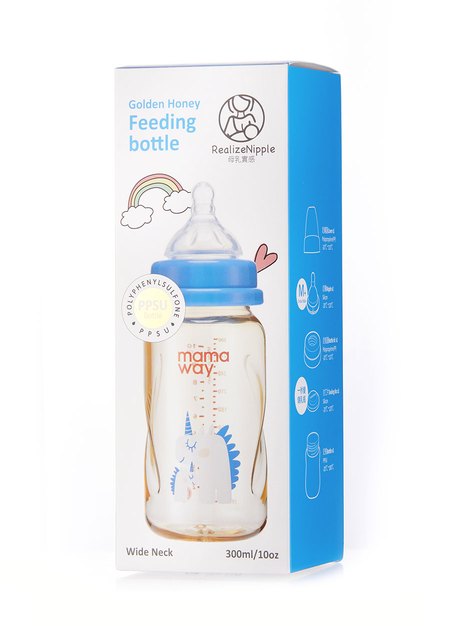
.jpg)
.jpg)



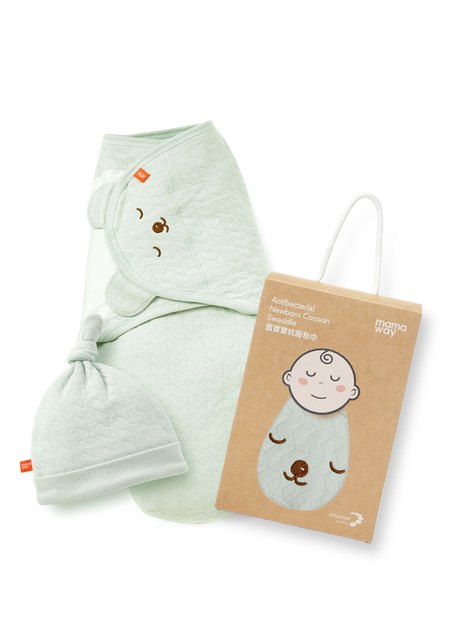









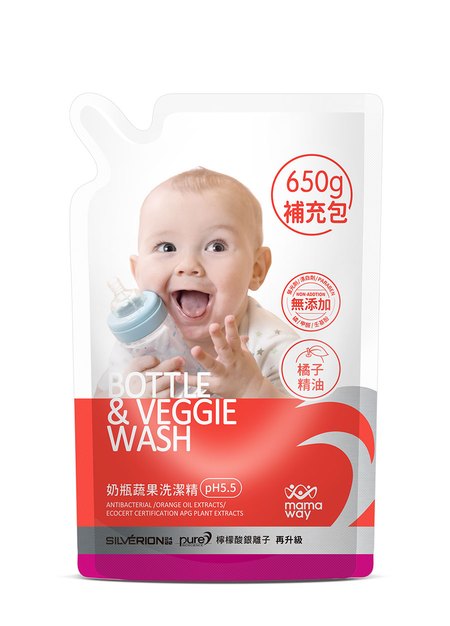

.jpg)

.jpg)









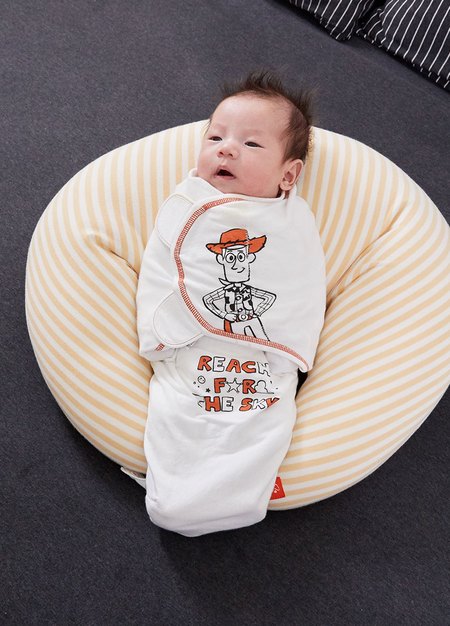



.jpg)








